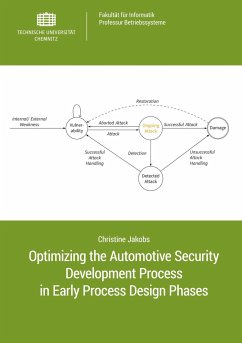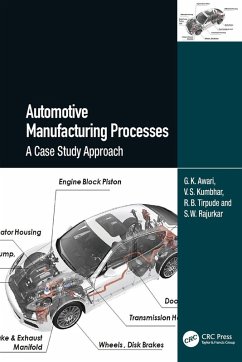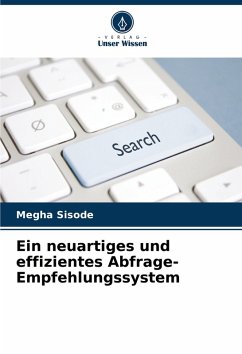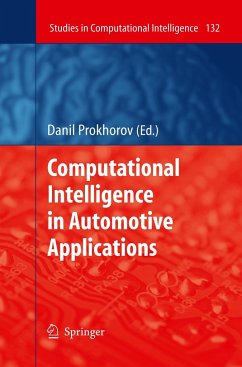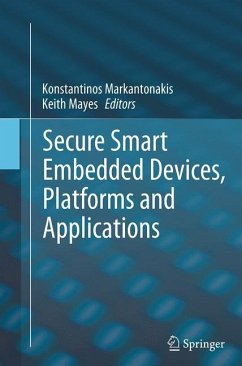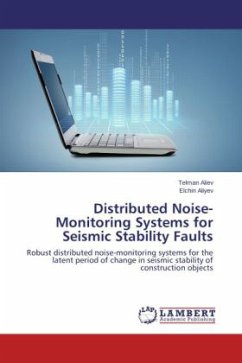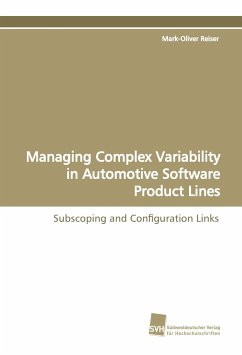
Smart Detection of Deficiencies and Faults in Automotive Software Releases
Dissertationsschrift
Versandkostenfrei!
Versandfertig in 6-10 Tagen
17,90 €
inkl. MwSt.

PAYBACK Punkte
0 °P sammeln!
A novel approach for evaluating Electric and Electronic automotive software development processes is introduced. The aim is to provide transparency among stakeholders and deliver feedback throughout the development cycles, preventing software defects and conflicts.The proposed model allows stakeholders to assess the status, performance, and quality of software packages by posing targeted questions and evaluating the answers to draw conclusions. These questions, derived from literature as metrics and principles, are selectively proposed by a Reinforcement Learning agent using Contextual Multi-A...
A novel approach for evaluating Electric and Electronic automotive software development processes is introduced. The aim is to provide transparency among stakeholders and deliver feedback throughout the development cycles, preventing software defects and conflicts.The proposed model allows stakeholders to assess the status, performance, and quality of software packages by posing targeted questions and evaluating the answers to draw conclusions. These questions, derived from literature as metrics and principles, are selectively proposed by a Reinforcement Learning agent using Contextual Multi-Armed Bandits (CMAB) as a recommendation system.The questions serve as software packages with key evaluation information, enabling a complete system assessment. Each question has a pre-evaluated weight, and each answer has a value. These parameters define the agent's reward, balancing exploration and exploitation.The model is scalable in terms of the target software or component's complexity,allowing continuous performance improvement as the algorithm learns over time. The evaluation results confirm the concept's functionality in various circumstances, addressing challenges of cold start, partial feedback, and data parsing.In summary, this thesis contributes to automotive software development by enhancing transparency and enabling timely detection of process deficiencies and software faults.



